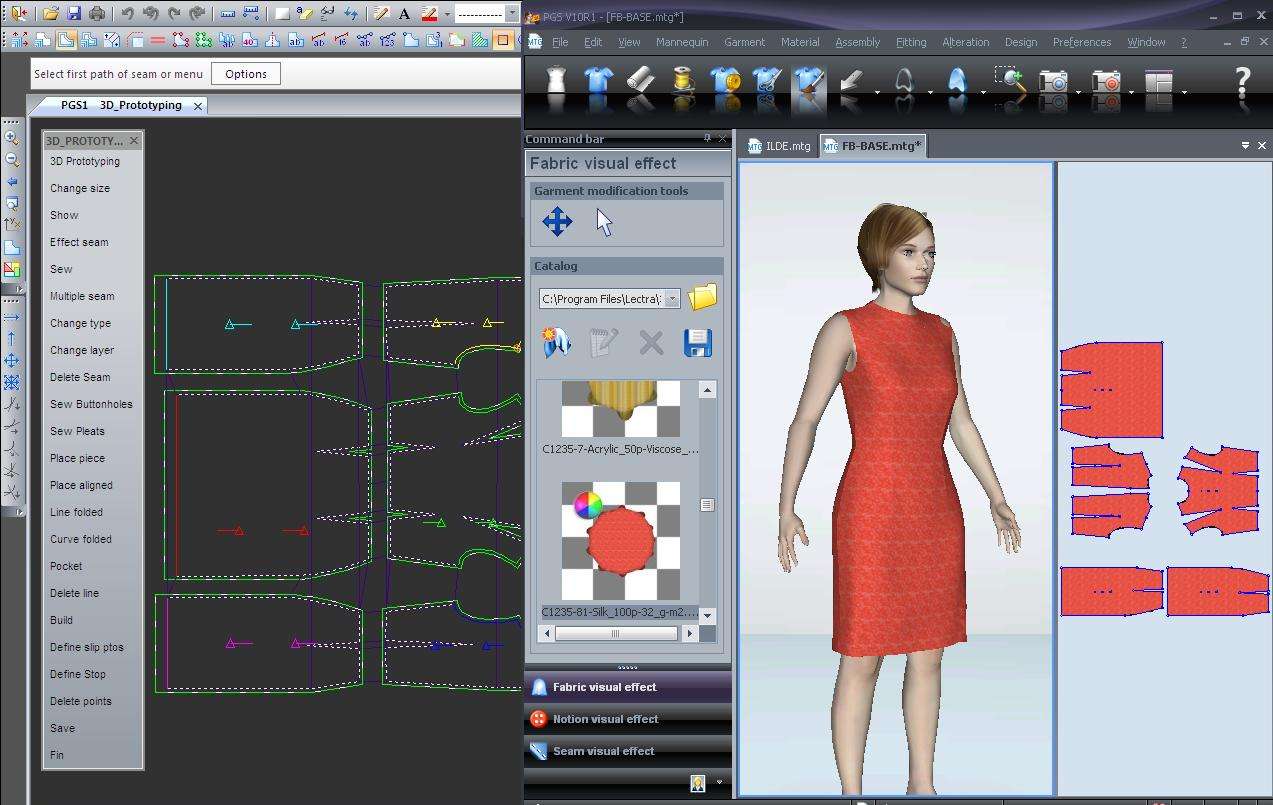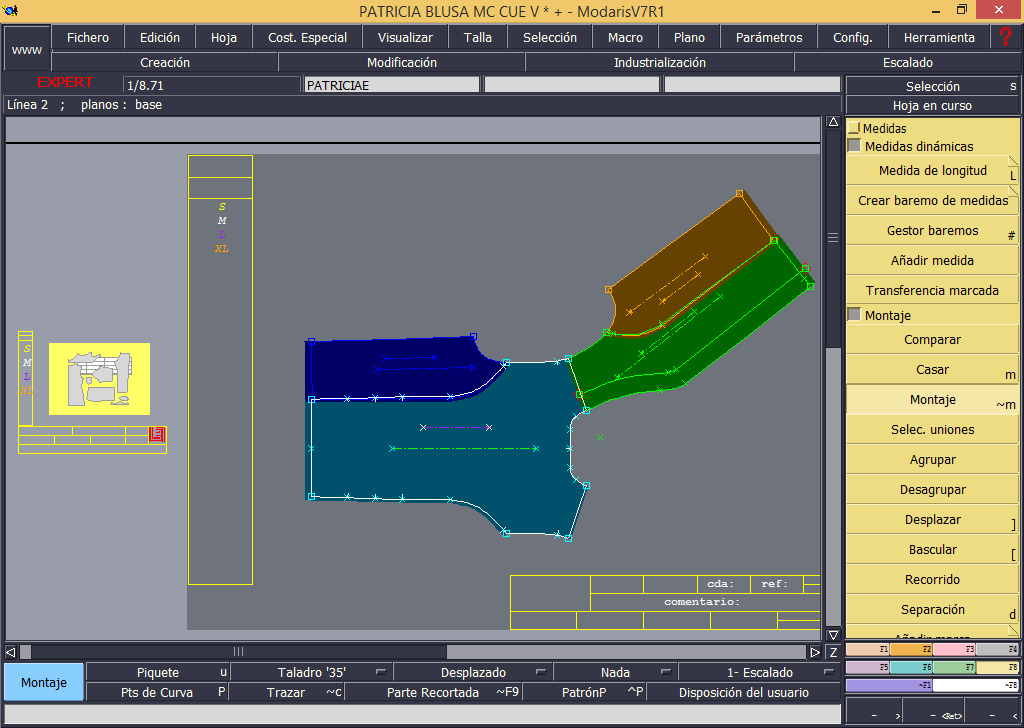
Venture capitalist André Harari met the two founders and raised the capital needed to implement Lectra's business development plan. The company launched its first CAD systems for apparel making in 1976. The first machine enabled a piece of clothing to be cut in all sizes from a cardboard pattern. Lectra was founded in 1973 by engineers Jean and Bernard Etcheparre. The company develops software, hardware, consulting and associated services for organizations in industries including fashion and apparel, automotive, furniture and others.
#Lectra modaris software#
Lectra specializes in CAD software and CAM cutting-room systems for industries using soft material such as leather and textiles. It operates in 34 countries with 34 subsidiaries. In our opinion, Lectra is one step ahead with their 3D solution and will support us to achieve our goals, once we integrate 3D into our development process,” concludes Ulrike Froitzheim.Lectra (EPA:LSS Euronext Paris) is a technology company headquartered in Paris, France. So we decided to start a 3D project,” adds Ulrike Froitzheim. “We have to reduce our development time and make better decisions, and earlier. Improved product visualization before physical prototypes are available will also help Odlo make earlier, more accurate estimations. Odlo hopes to cut development costs and lead-time by reducing the number of prototypes they produce. Pattern complexity and special fabrics make sportswear prototypes very expensive. “Better communication and better understanding will help us make better decisions.” “Not everyone can interpret 2D sketches in order to understand the final product 3D gives us a way to visualize the product,” says Ulrike Froitzheim. Styles are visible onscreen and modifications can be done immediately and shared visually, contributing to better communication between different teams, including design, product development, product marketing, management and sales.

Lectra Modaris 3D’s ability to respond to unique fabric and fit challenges made it a natural choice for Odlo. “The pattern for a pair of bike shorts, for example, is designed specifically to support the athlete in a seated position.” “The unique fit requirements of a sports garment need to be respected, as well as demands for sun protection, breathability, elasticity, and resistance to water and wind,” explains Ulrike Froitzheim. Working with technical materials and sport-specific fit presents unique challenges that Odlo also has to consider.

Odlo’s challenge is to maintain their reputation for comfort, quality and performance while delivering more fashionable collections at a faster pace. “We want to be perceived not only as a sports underwear brand, but also as a supplier of fashionable sports outerwear,” declares Ulrike Froitzheim, Head of Quality Management and 3D Project Manager.

Odlo’s goal is to increase their market share in the sports outerwear market by developing versatile sportswear to the same standard as their underwear, but that can be worn as fashion items. They produce two collections per year in each category and are present in 20 markets. In addition to their technical sports underwear collection, Odlo produce specialized clothing for running, cycling, cross-country and outdoor wear for adults and children. PARIS - J– Lectra, the world leader in integrated technology solutions dedicated to industries using soft materials-fabrics, leather, technical textiles and composite materials-is pleased to announce that Odlo is implementing Lectra Modaris® growth in the sportswear market.Įstablished in 1946 in Norway, and a Swiss company since 1986, Odlo is the European leader in sports underwear and is known for their technological innovation in this field.


 0 kommentar(er)
0 kommentar(er)
